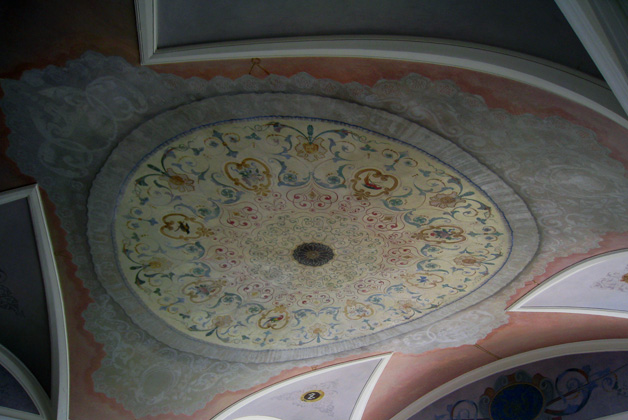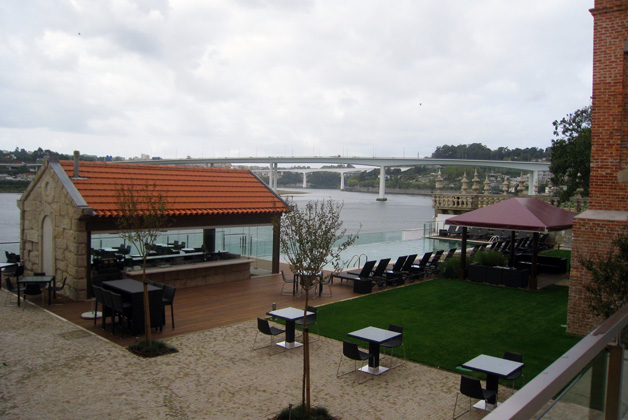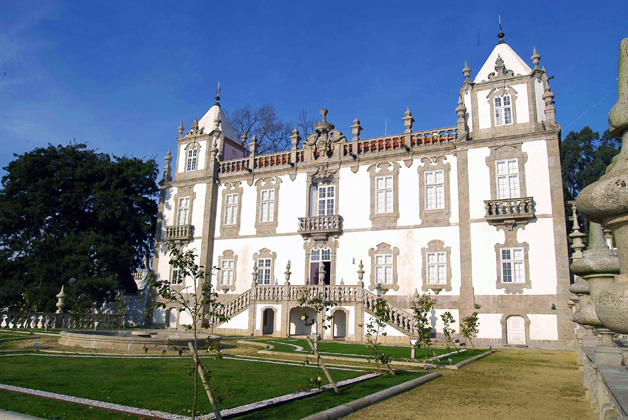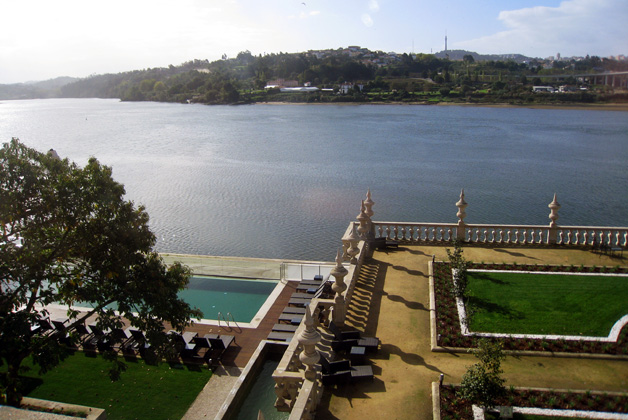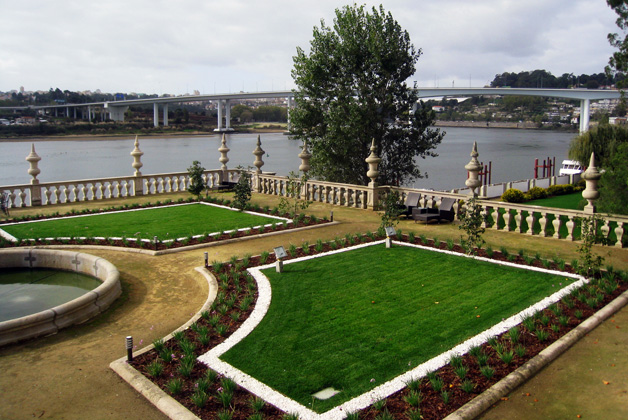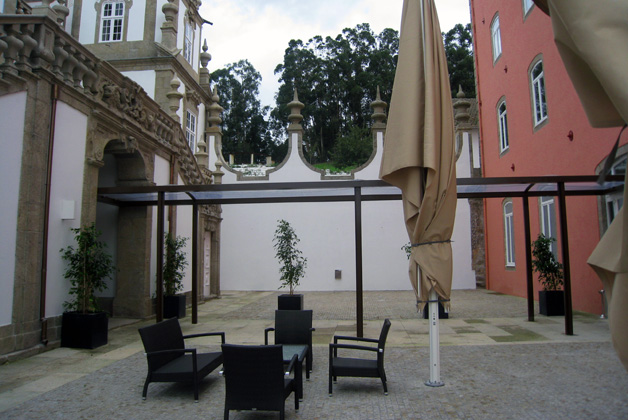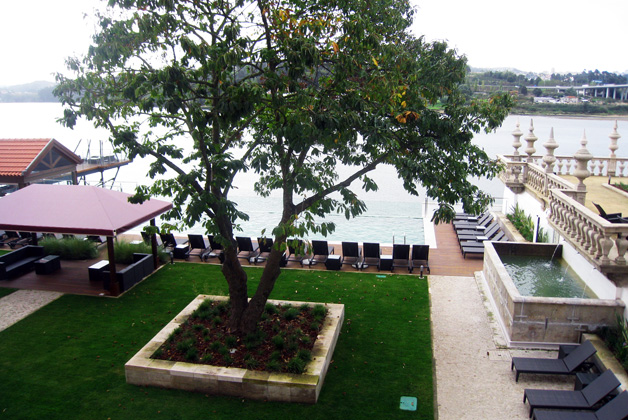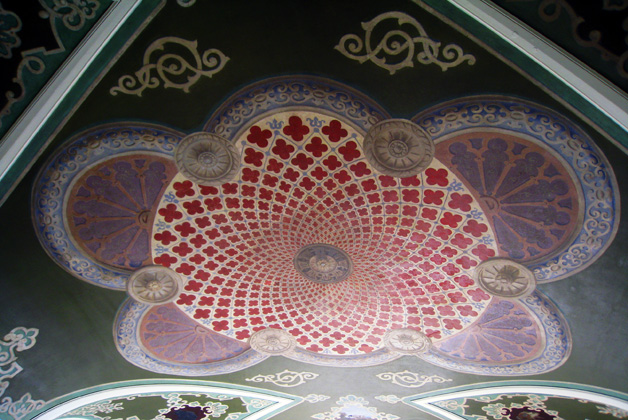Palácio do Freixo
Monuments
The Palace of Freixo, built in the mid 18th century, is one of the most remarkable monuments of Portuguese civil baroque designed by the architect Nasoni.
The palace has a rectangular design and there are prominent turrets on the corners which are covered by slate roofs in the shape of pyramids.
The interior of the palace is extremely flush. A lot of the compartments have “frescos” and well executed stucco ceilings, some with oriental influence. Illusory painting with allegorical themes is commonly used inside the palace and was largely painted by Nasoni himself.
The garden was clearly designed according to Italian tradition, with sculptures and a magnificent view over the River.
It is now a Pousada de Portugal, preserving the entire façade of its buildings which were classified as a National Monument since 1910.
The Pousada consists of two separate buildings that are connected: the Palace and the Harmonia Mill, both of them prepared to house large events and meetings.
The palace has a rectangular design and there are prominent turrets on the corners which are covered by slate roofs in the shape of pyramids.
The interior of the palace is extremely flush. A lot of the compartments have “frescos” and well executed stucco ceilings, some with oriental influence. Illusory painting with allegorical themes is commonly used inside the palace and was largely painted by Nasoni himself.
The garden was clearly designed according to Italian tradition, with sculptures and a magnificent view over the River.
It is now a Pousada de Portugal, preserving the entire façade of its buildings which were classified as a National Monument since 1910.
The Pousada consists of two separate buildings that are connected: the Palace and the Harmonia Mill, both of them prepared to house large events and meetings.
